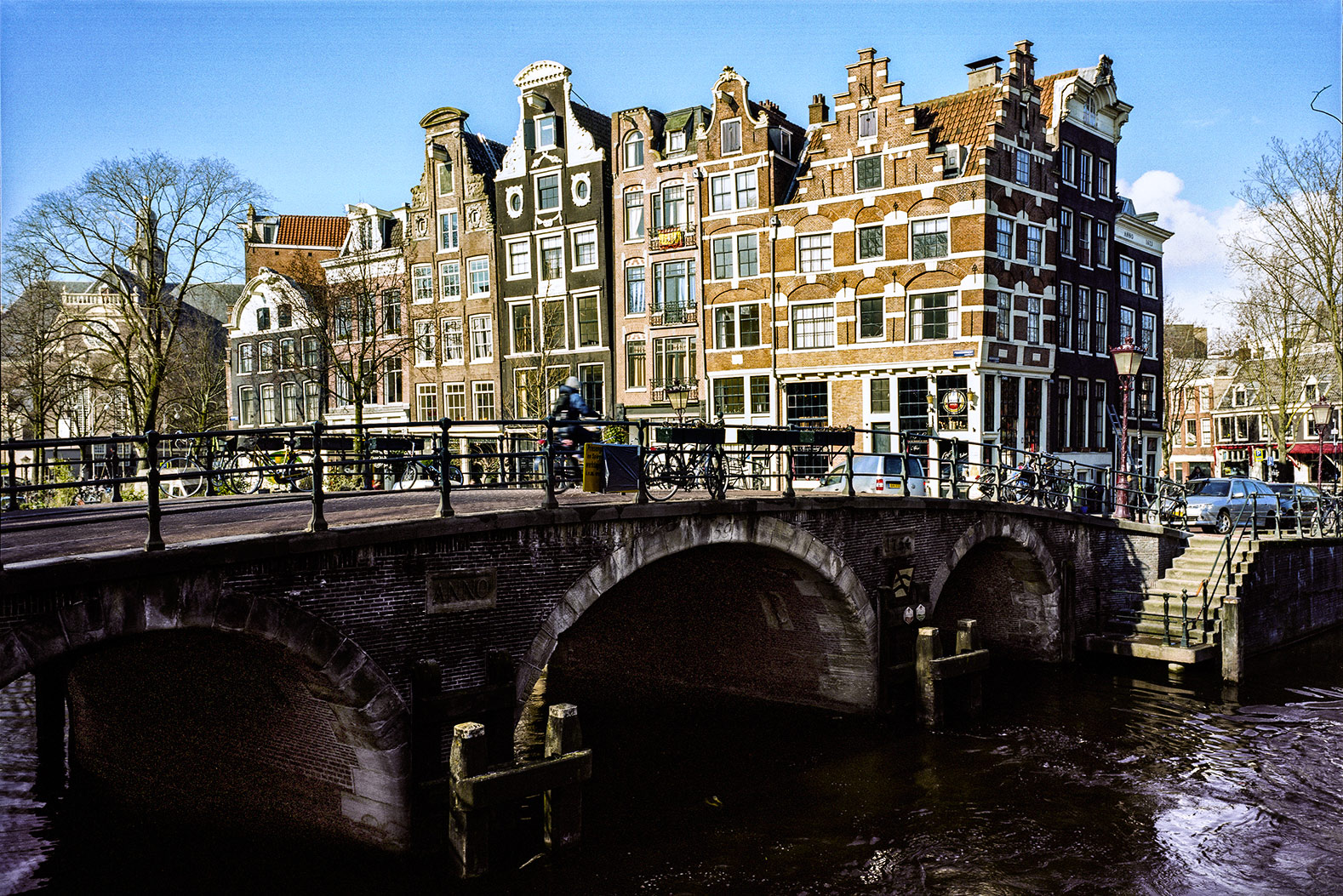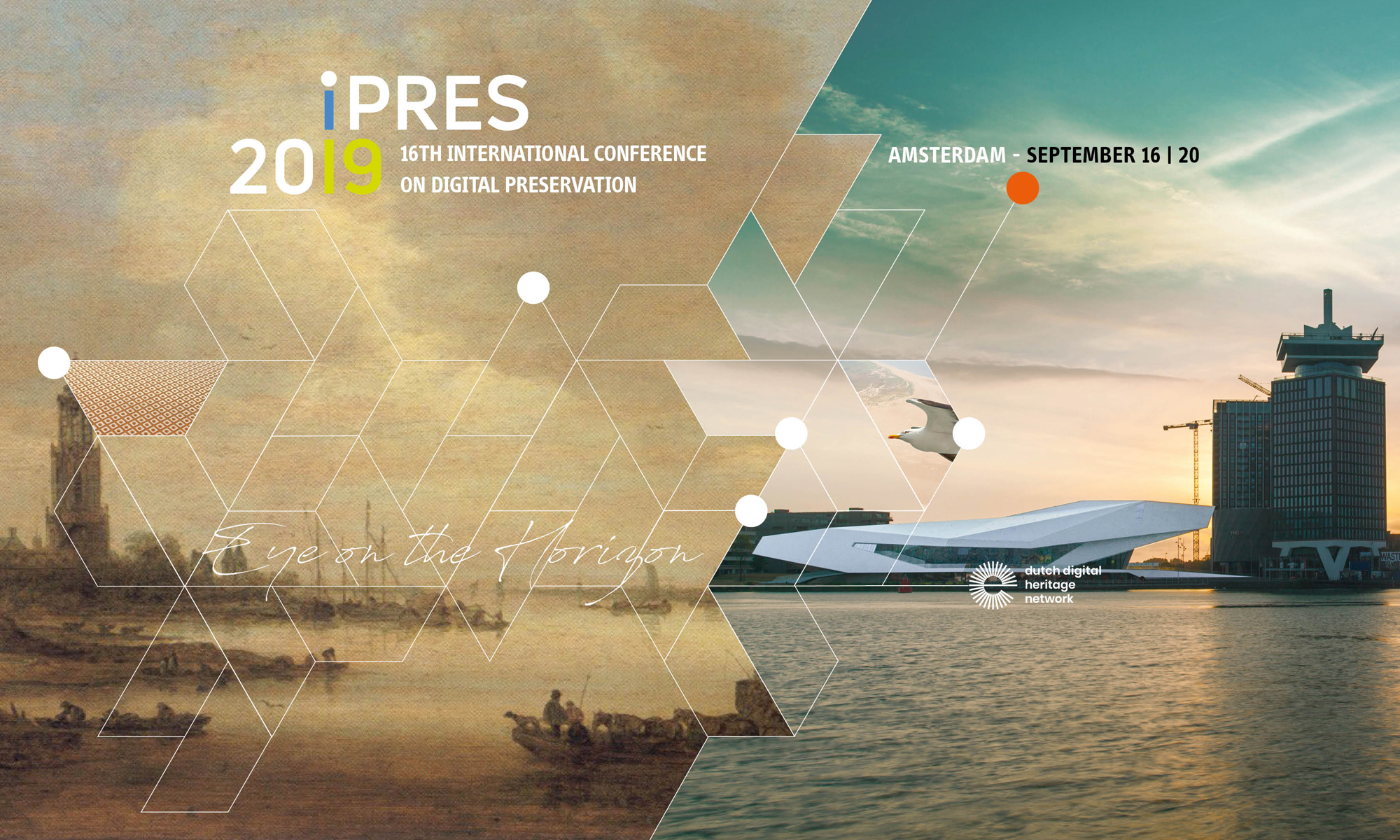Amsterdam
Capital of the Netherlands
Source: Amsterdam Marketing
From its humble beginnings as a 13th-century fishing village on a river bed to its current role as a major hub for business, tourism and culture, Amsterdam has had a strong tradition as a centre of culture and commerce. As the capital of The Netherlands, Amsterdam is known for its artistic heritage, elaborate canal system and narrow houses with gabled facades, all legacies of the city’s 17th-century Golden Age.
This historic city of canals and grand architecture is also home to some of the world’s most famous attractions, such as the Van Gogh Museum, Rijksmuseum and Anne Frank House, where the Jewish diarist hid during the Second World War. Everywhere you look, you are immersed in history and diversity, from a 400-year-old canal house to an ultra-modern waterfront hotel to an all-purpose conference venue that can host 20,000 people. Best of all, Amsterdam’s high-speed train connections and convenient Schiphol airport make it easy to get to, wherever in the world you might be.
The city of Amsterdam prides itself on a rich cultural life and a diverse population. However, estimates conclude that there are more bikes in Amsterdam than permanent residents … Where the Dutch dine out ranges from casually decorated “living room” restaurants to traditional Dutch eateries and Indonesian rijsttafel (“rice table”) specialists. Coffee shops sell small amounts of marijuana and yes, everything you have heard about the neon-lit Red Light District is probably true. And our famous tulips? They have their finest hour in springtime.
Amsterdam is one of Europe’s most picture-perfect capitals, where 16th-century spectacle stands side by side with 21st-century ingenuity. This is the result of more than four centuries of innovation and daring entrepreneurship, with diversity and open-mindedness at the heart of each new development. Amsterdam’s liveability is next to none, making this a wonderfully positive place to bring people together.



